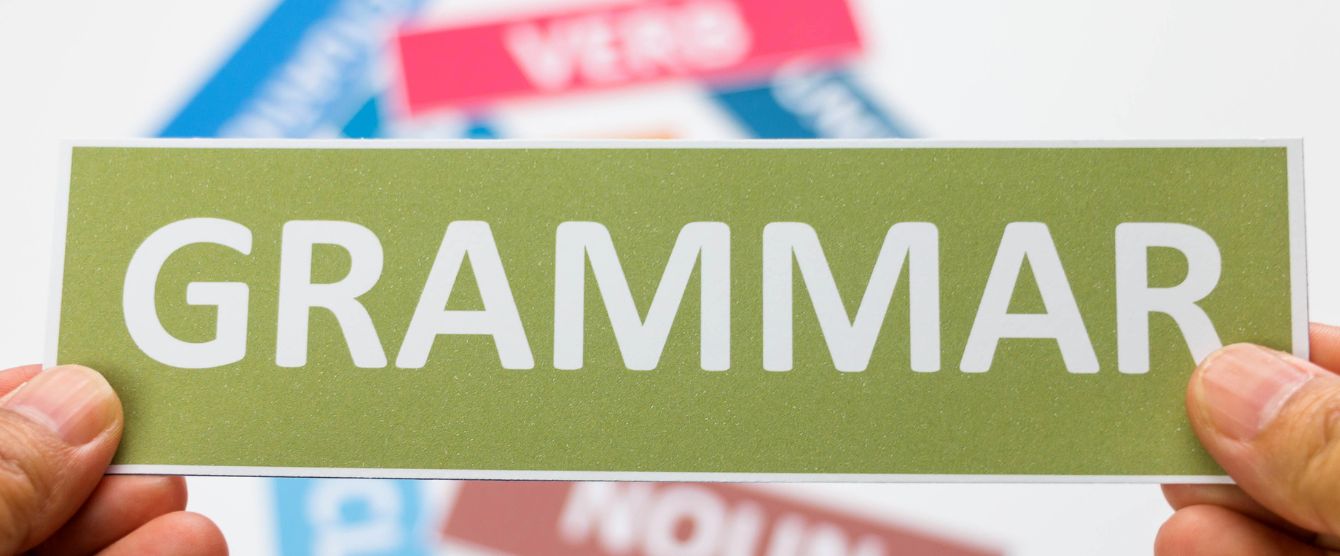Hello, homeschool parents! Are you looking for engaging and effective ways to help your children improve their writing skills? You’ve come to the right place. In this blog post, we’ll explore creative and fun exercises that make learning grammar a breeze for young learners. We’ll cover a range of activities that not only enhance your child’s understanding of grammar but also make the learning process enjoyable. By the end of this post, you’ll have a treasure trove of ideas for writing projects for children that you can incorporate into your homeschool grammar project.
The Importance Of Grammar In Writing
Grammar is the backbone of effective communication. It provides the structure necessary for clarity and coherence in writing. For children, mastering grammar is a foundational skill that will serve them well throughout their academic and professional lives. However, let’s face it—traditional grammar lessons can be dry and uninteresting. That’s why it’s crucial to incorporate interactive and fun exercises into your homeschool curriculum. Doing so will make grammar more relatable and easier for your children to understand.
Understanding grammar helps children express their thoughts more clearly and accurately. When they grasp the rules of language, they can construct sentences that convey their ideas effectively. This skill is invaluable, not just for writing essays and reports but also for everyday communication. By focusing on engaging activities, you can make grammar lessons something your children look forward to rather than dread. Incorporating grammar exercises into your homeschool grammar project can also help identify areas where your child may need additional support. For example, if they consistently struggle with subject-verb agreement, targeted exercises can help them improve in that specific area. This personalized approach ensures that your child gets the most out of their grammar lessons.
Fun Grammar Exercises To Try At Home
Now that we’ve established the importance of grammar let’s dive into some fun exercises that you can try at home. These activities are designed to be both educational and enjoyable, making them perfect for writing projects for children.
Sentence Scramble
One of the simplest yet most effective grammar exercises is the sentence scramble. Write down a series of sentences on strips of paper, then cut the sentences into individual words. Mix up the words and have your child rearrange them to form coherent sentences. This exercise helps children understand sentence structure and the importance of word order. To add an extra layer of challenge, you can include punctuation marks and ask your child to place them correctly. Sentence scrambles are a versatile activity that can be adapted to different skill levels, making them a great addition to any homeschool grammar project. You can also turn this into a timed activity to add a bit of competition and excitement. Another variation of the sentence scramble is to use sentences from your child’s favorite books or stories. This makes the activity more engaging and helps them see how grammar rules apply to the texts they love. Plus, it reinforces their reading comprehension skills.
Grammar Bingo
Turn grammar lessons into a game with Grammar Bingo. Create bingo cards with different grammar concepts, such as nouns, verbs, adjectives, and adverbs. Call out definitions or examples, and have your child mark the corresponding square on their card. The first one to get a line of squares filled shouts “Bingo!” and wins a small prize. This activity not only reinforces grammar concepts but also adds an element of fun and competition. It’s an excellent way to review multiple grammar topics in a single session. Grammar Bingo can be easily customized to focus on specific areas where your child needs improvement, making it a valuable tool in your homeschool grammar project. Grammar Bingo can also be a great group activity if you have multiple children or if you organize a playdate with other homeschooling families. This social aspect can make learning more enjoyable and help children learn from each other.
Story Starters
Encourage creativity and practice grammar with story starters. Provide your child with a sentence or a prompt and ask them to continue the story. For example, “Once upon a time, in a land far away…” or “The mysterious package arrived on a rainy afternoon…”. This exercise not only helps with grammar but also enhances creative writing skills. Story starters are a fantastic way to integrate writing projects for children into your homeschool curriculum. They allow your child to practice grammar in a context that feels natural and engaging. You can also use story starters to focus on specific grammar concepts, such as using adjectives to describe characters or practicing proper punctuation. To make this activity even more engaging, you can create a story starter jar. Fill a jar with different prompts written on slips of paper, and have your child draw one at random. This element of surprise adds excitement and encourages your child to think on their feet.
Grammar Scavenger Hunt
Transform your home into a grammar playground with a Grammar Scavenger Hunt. Create a list of items or sentences that contain specific grammar elements, such as a noun, a verb, an adjective, or a prepositional phrase. Have your child search for these items around the house and explain their grammar function. This exercise combines physical activity with grammar practice, making it a perfect fit for active learners. It’s also a great way to incorporate movement into your homeschool grammar project. You can customize the scavenger hunt to focus on different grammar concepts, ensuring that it remains a fresh and engaging activity. To add an extra layer of challenge, you can set a timer for the scavenger hunt and see how many items your child can find within a certain time frame. This adds a sense of urgency and excitement to the activity.
Punctuation Practice with Comics
Comics are a fun and visually engaging way to practice punctuation. Choose a comic strip and remove the punctuation marks from the dialogue. Ask your child to add the correct punctuation marks to make the sentences clear and coherent. This exercise helps children understand the importance of punctuation in conveying meaning. It’s also a great way to make grammar practice more enjoyable and relatable. Using comics as part of your homeschool grammar project can make punctuation lessons feel less like a chore and more like a fun activity. Another variation of this exercise is to have your child create their own comic strip. They can draw the characters and write the dialogue, making sure to include the correct punctuation. This combines art and grammar in a creative and engaging way.
Word Matching Games
Word matching games are a fantastic way to reinforce grammar concepts. Create sets of cards with different parts of speech, such as nouns, verbs, adjectives, and adverbs. Have your child match the cards to form complete sentences. This exercise helps children understand how different parts of speech work together to create meaningful sentences. Word-matching games can be customized to focus on specific grammar concepts, making them a versatile addition to your writing projects for children. You can also turn this into a competitive activity by timing your child and challenging them to beat their previous record. Another variation of this exercise is to create cards with synonyms and antonyms. Have your child match the cards to practice vocabulary and understanding of word relationships. This adds an extra layer of complexity to the activity.
Grammar Journals
Encourage your child to keep a grammar journal where they can jot down new grammar rules, examples, and sentences they’ve created. This journal serves as a personalized reference guide that they can revisit whenever they need a refresher. It also allows them to see their progress over time. Grammar journals are a valuable tool in any homeschool grammar project. They provide a space for children to practice and reflect on their learning, making grammar concepts more concrete and memorable. You can also use the journal as a way to track your child’s progress and identify areas where they may need additional support. To make the journal more engaging, you can include creative elements such as stickers, drawings, and colorful pens. This makes the journal feel more personal and encourages your child to take ownership of their learning.
Creative Writing Challenges
Creative writing challenges are a fun way to practice grammar while encouraging your child’s imagination. Provide your child with a prompt or a theme, and challenge them to write a short story, poem, or essay. Focus on specific grammar concepts, such as using descriptive language, varying sentence structure, or practicing proper punctuation. These challenges can be tailored to your child’s interests and skill level, making them a great addition to your writing projects for children. They also provide an opportunity for your child to showcase their creativity and develop their writing style. To add an element of excitement, you can turn these challenges into a friendly competition. Set a timer and see how much your child can write within a certain time frame, or have them share their work with family and friends for feedback and encouragement.
Grammar Games and Apps
Incorporate technology into your homeschool grammar project with grammar games and apps. There are numerous educational apps available that make grammar practice fun and interactive. These apps often include engaging activities, quizzes, and challenges that reinforce grammar concepts. Grammar games and apps are a great way to supplement your child’s learning and provide additional practice outside of traditional lessons. They also offer a convenient and portable way to practice grammar on the go. Some popular grammar apps include Grammarly, Quizizz, and Khan Academy Kids. These apps offer a range of activities and lessons that cater to different skill levels and learning styles.
Making Grammer Lessons Enjoyable
Grammar doesn’t have to be boring or difficult to learn. By incorporating fun and interactive exercises into your homeschool curriculum, you can make grammar lessons engaging and enjoyable for your children. From sentence scrambles and grammar bingo to story starters and creative writing challenges, there are countless ways to make grammar practice fun and effective.
Remember, the key to successful learning is to make it relevant and enjoyable. By focusing on writing projects for children and incorporating a variety of activities, you can help your child develop strong grammar skills while fostering a love for writing.





